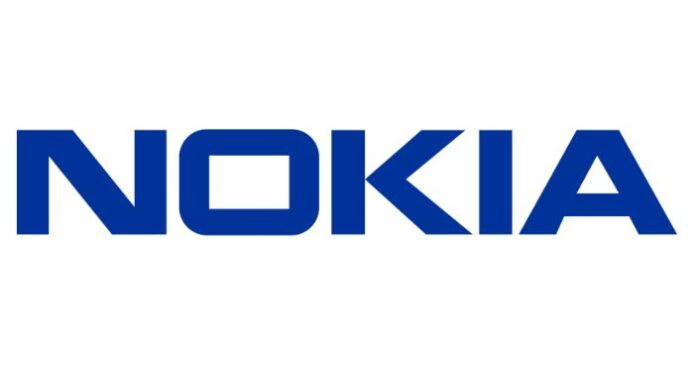WOW! to roll out Nokia’s virtualized Distributed Access Architecture
WideOpenWest (WOW!) and Nokia announced the deployment of what the companies claim to be the first virtualized Distributed Access Architecture (vDAA). Nokia said its Unified Cable Access solution will increase the capacity of WOW!’s hybrid fiber-coaxial network to adapt to changes in the way subscribers consume online content, meet demands for additional bandwidth and provide a better internet experience.
Cable operators traditionally used DAA to decrease costs and increase the speed of deployment of new services by transferring cable access layer functions to access nodes. Cable operators would have to determine whether to transfer only the DOCSIS signal generation (PHY) to the access node with R-PHY; or transfer both the PHY and DOCSIS processing (MAC) to the access node with R-MACPHY. Choosing one or the other places restrictions on the agility needed to launch various technologies. What makes Nokia’s Unified Cable Access solution unique is it eliminates the need of having to choose between R-PHY and R-MACPHY.
“The Nokia virtualized DAA is a groundbreaking technology that enables us to expand our network faster, deploy services more easily and provide the best internet experience for our customers,” said Cash Hagen, chief operations officer of WOW! “As the first to deploy the technology in our network, we are ready to lead the way in providing a new solution to meet increasing bandwidth demands.”
WOW! has been deploying 1-Gbps service on HFC leveraging DOCSIS 3.1 and Arris E6000 CCAP chassis. According to Nokia, the vDAA will help WOW! significantly reduce operating expenses (OPEX) and provide the architecture necessary to deliver multi-gigabit services to customers using an existing coaxial cable. The platform is able to run in Remote PHY or Remote MAC/PHY mode, and includes a virtualized cable modem termination system (CMTS). A DOCSIS MAC serves as a virtual network function, which allows the virtual CMTS to run anywhere on the network.
The release follows more than a year after Nokia purchased a U.S.-based start-up specializing in DAA solutions called Gainspeed. WOW! plans to deploy Nokia’s Unified Cable Access solution, including the Gainspeed Controller, Gainspeed SC-2D Access Node and Gainspeed Video Engine, to host the MAC and PHY layer of a CMTS or CCAP at the edge of its cable network. The company intends to install the Nokia solution in Chicago and Cleveland Ohio with additional roll outs set for 2018.
“We are excited to be partnering with an innovative cable company like WOW! They were the first in the industry to see the potential of virtual DAA and are now the first to deploy it,” said Federico Guillén, president of Nokia’s Fixed Networks Business Group. “Nokia’s vDAA approach provides cable MSOs with a cost-efficient upgrade path for their existing DOCSIS networks, delivering the added capacity required while simultaneously simplifying network operations and laying the groundwork for an all-fiber, all-IP network.”

